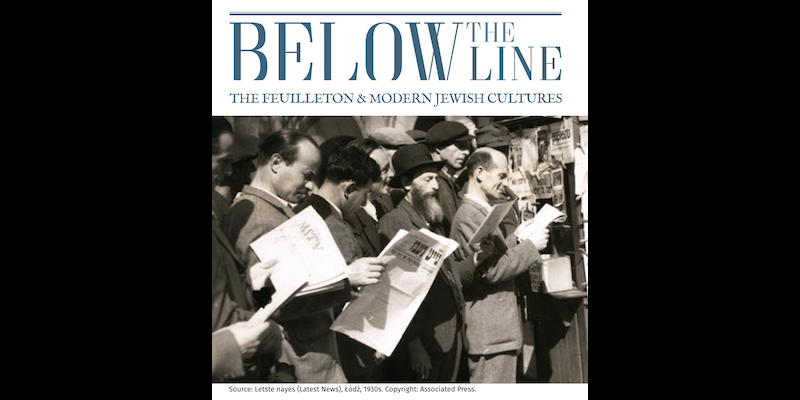Since the late eighteenth century, the feuilleton has been one of the most popular forms of writing in newspapers throughout the world, a genre of urban writing well-suited for the new mass-oriented press and wildly popular with the emerging educated bourgeoisie. The feuilleton was an important feature in the creation of a transnational modern Jewish press as well as a vehicle for Jews to partake in national cultures. This site presents a growing collection of historical feuilletons that shaped modern Jewish cultures. Each feuilleton includes an original image of the text in its original language and often in its original publication setting, an English translation of the text, and, when possible, short commentaries on the texts.
(Description provided by project owner)
Subject Period (epoch)
Subject Continent(s)
Subject Country(ies)
Topic(s)
Project Language(s)
Project Creator Continent(s)
Project Creator Country(ies)

Other contacts: Naomi Brenner: brenner.108@osu.edu; Shachar Pinsker: spinsker@umich.edu; Matthew Handelman: handelm@msu.edu

Since the late eighteenth century, the feuilleton has been one of the most popular forms of writing in newspapers throughout the world, a genre of urban writing well-suited for the new mass-oriented press and wildly popular with the emerging educated bourgeoisie. The feuilleton was an important feature in the creation of a transnational modern Jewish press as well as a vehicle for Jews to partake in national cultures. This site presents a growing collection of historical feuilletons that shaped modern Jewish cultures. Each feuilleton includes an original image of the text in its original language and often in its original publication setting, an English translation of the text, and, when possible, short commentaries on the texts.
(Description provided by project owner)
